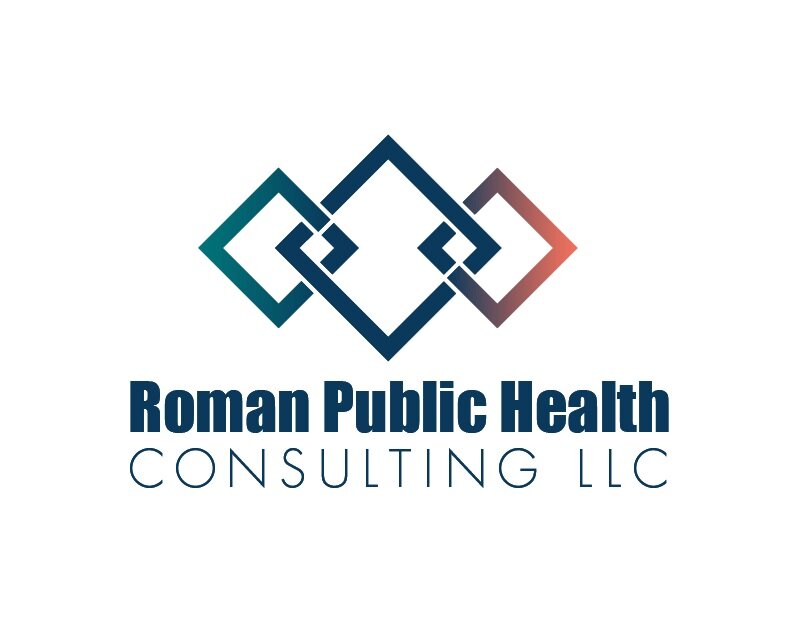Accessibility Should Not Be an Afterthought: Designing Inclusive Learning Experiences
This week, SOPHE kicked off another National Health Education Week (NHEW). The theme is Advancing Health, Equity and Civil Rights. Over the past year, I have made learning about designing accessible e-learning a professional development priority. Since accessibility is a key component to developing equitable and inclusive learning experiences, it felt like a great fit to write about it during NHEW.
I’ll start by saying that e-learning accessibility can be an overwhelming topic! There are institutional and legal compliance considerations, instructional design best practices, evolving standards, unique considerations for specific audiences, new accessibility features in online learning and collaboration tools, etc.
So I’d like to keep things simple in today’s post! Below I share some key accessibility takeaways and resources that I’ve integrated into my work:
(1) You should start planning for accessibility at the START of your design process.
I see lots of learning experiences that simply offer closed captioning on their videos and call it good.
Accessibility should not be an afterthought.
I start asking about it at the beginning of a project- during my needs analysis. Some questions to consider exploring:
What accessibility challenges were identified in past learning experiences?
What do we know about the learning audience? Age, occupation, affiliations, and location (etc.) may help identify specific accessibility challenges. What (if any) accommodations have been requested for past learning experiences?
What learning tools does the organization typically use for asynchronous and/or live e-learning experiences? How well do those tools align with accessibility best practices? How well do they work for learners who use assistive technology?
(2) Accessibility isn’t just about permanent and/or visible disabilities.
With many projects, I’ve noticed that if clients do think about accessibility, it’s often only for very obvious, permanent disabilities. For example, how would a learner who is blind take this course? How would a learner who is deaf take this course?
However we need to remember that accessibility challenges may be:
Situational or temporary. Perhaps one of your learners has a broken hand that impacts their ability to use a mouse. Perhaps someone had eye surgery, resulting in temporary low vision.
Invisible. Up to 1 in 4 adults in the United States have some type of disability. Many of these may not be obvious (e.g., learning disabilities) and your learners may not feel comfortable disclosing their diagnosis in the workplace or asking for accommodations.
I’ve been happy to see more resources and trainings talking about digital accessibility and neurodiversity. The term neurodiversity is often used in connection with autism, but it also includes a number of “invisible” conditions like dyslexia, attention deficit hyperactivity disorder (ADHD) and other cognitive and learning differences. It is important that we consider neurodiverse learners as we select learning solutions, learning tools, and our overall e-learning design strategy.
(3) Good inclusive design helps everyone!
Providing accommodations only to select learners has often (wrongly) created feelings of resentment and unfairness. For example, classmates thinking that a learner who receives a study outline or transcript or alternate assignment has an advantage over learners who do not receive those additional supports.
For this reason, I’ve loved learning about Universal Design for Learning (UDL). My favorite description of this approach is “giving learners voice and choice.”
With UDL, we design the whole course or training with everyone in mind (i.e., assuming different levels of interest and motivation in the content, knowing we’ll have learners with visible and invisible disabilities, etc.) This type of design benefits all learners.
The UDL guidelines encourage:
Providing multiple means of representation. For example- offering alternatives for auditory or visual information, promoting understanding across languages, highlighting patterns and big ideas within the content, etc.
Providing multiple means of action and expression. For example- offering different ways to communicate in the course or training (text, speech, video, etc.), providing checklists and guides for notetaking, etc.
Providing multiple means of engagement. For example- optimizing individual choice and autonomy for assignments and goal setting, developing self-assessment and reflection opportunities, etc.
“The UDL Framework assumes variability in motivation, interest, and readiness, and so provides scaffolding in language function, explicit skills, and executive function while keeping learning engagement and choice at the forefront.” (UDL in the Cloud! page 21)
Action steps: I encourage you to start small. Review the three takeaways above and visit some of the linked resources. Identify just one small change that can improve accessibility for the learners in your next e-learning course or training.
I’d love to hear from you!
Comment below and tell me:
Your favorite resource/s for creating accessible and inclusive learning experiences (e.g., websites, guidelines, subject matter experts, podcasts, etc.)
An example of how you and/or your workplace are creating accessible and inclusive learning experiences.
Additional Resources:
If you’d like to learn more, here is what I’ve been reading and listening to lately (in addition to the resources linked above) so I can learn more:

